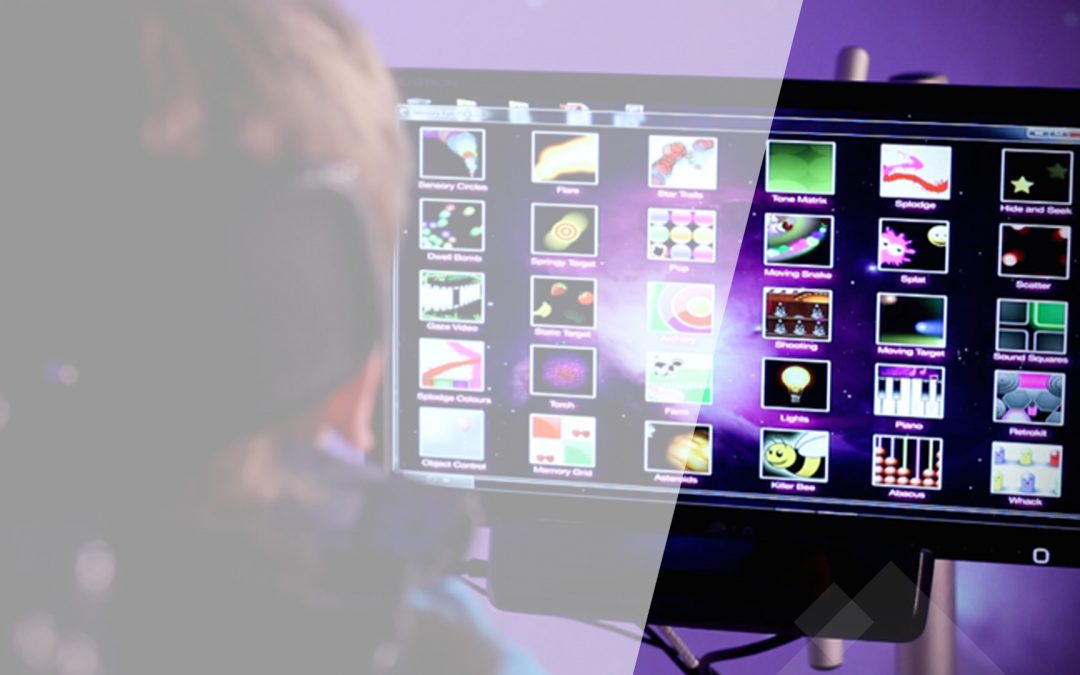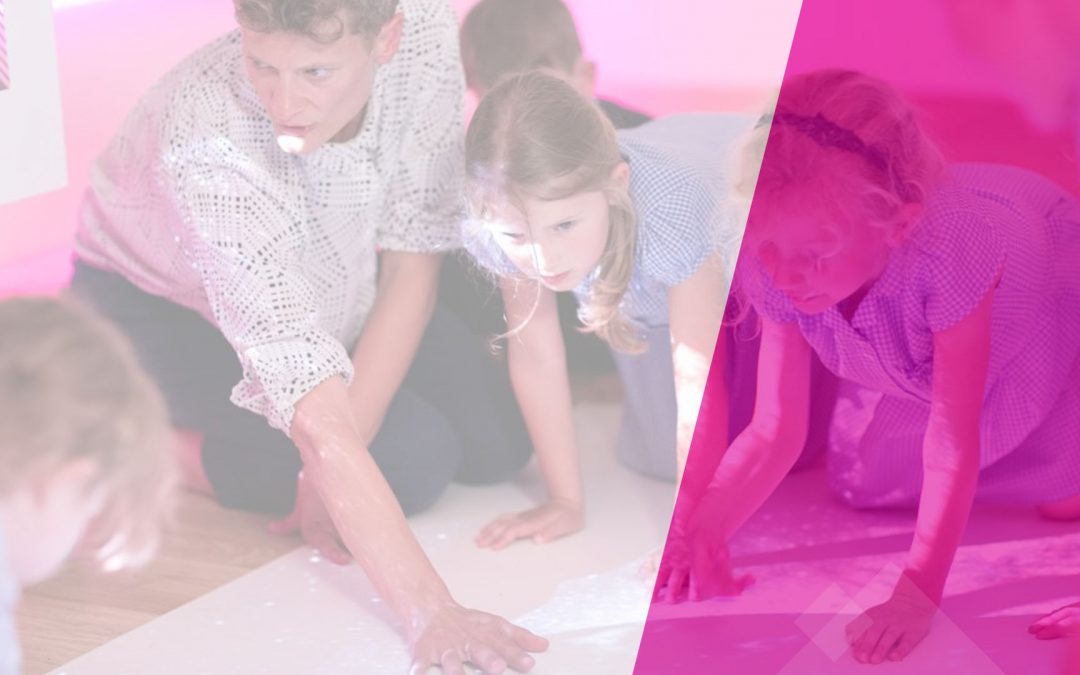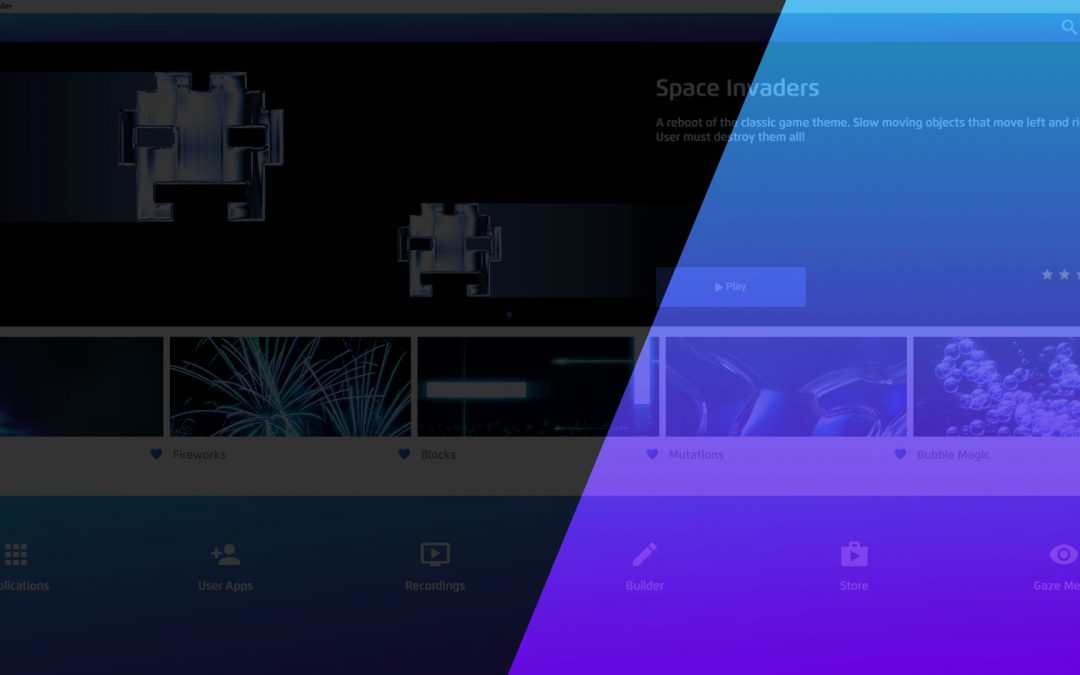Lisa Donaldson, Head of Eyecare at SeeAbility explained to us what nystagmus is, how it affects vision and perception and what strategies can be put in place to minimise it’s impact.
What is nystagmus?
Nystagmus is basically involuntary eye movement. It is when the eye is unable to fixate steadily on a target, so there will constantly be a degree of movement.
For a lot of children, their nystagmus will vary, so their eyes will wobble more when they are tired, or will wobble more, typically when you try to cover one eye.
Often, they’ll have a position for their eyes which we call the null point. So, if a child has nystagmus, observe where the eye natural is. Then, try and minimise that wobble.
Using that null point allows us to strategise, so if the child needs to look down, you need to make sure that’s where you put target objects for them. Make sure that they are sitting in the right place in the classroom, so they can see the whiteboard or activity, using their null point as much as possible.
If they are a wheelchair user, you may want to allow them to have their head slightly to one side, so that they are able to minimise that nystagmus.
Key nystagmus facts
- The eye is unable to fix steadily on a target
- It’s important to observer where a child positions their eyes naturally to minimise the wobble.



